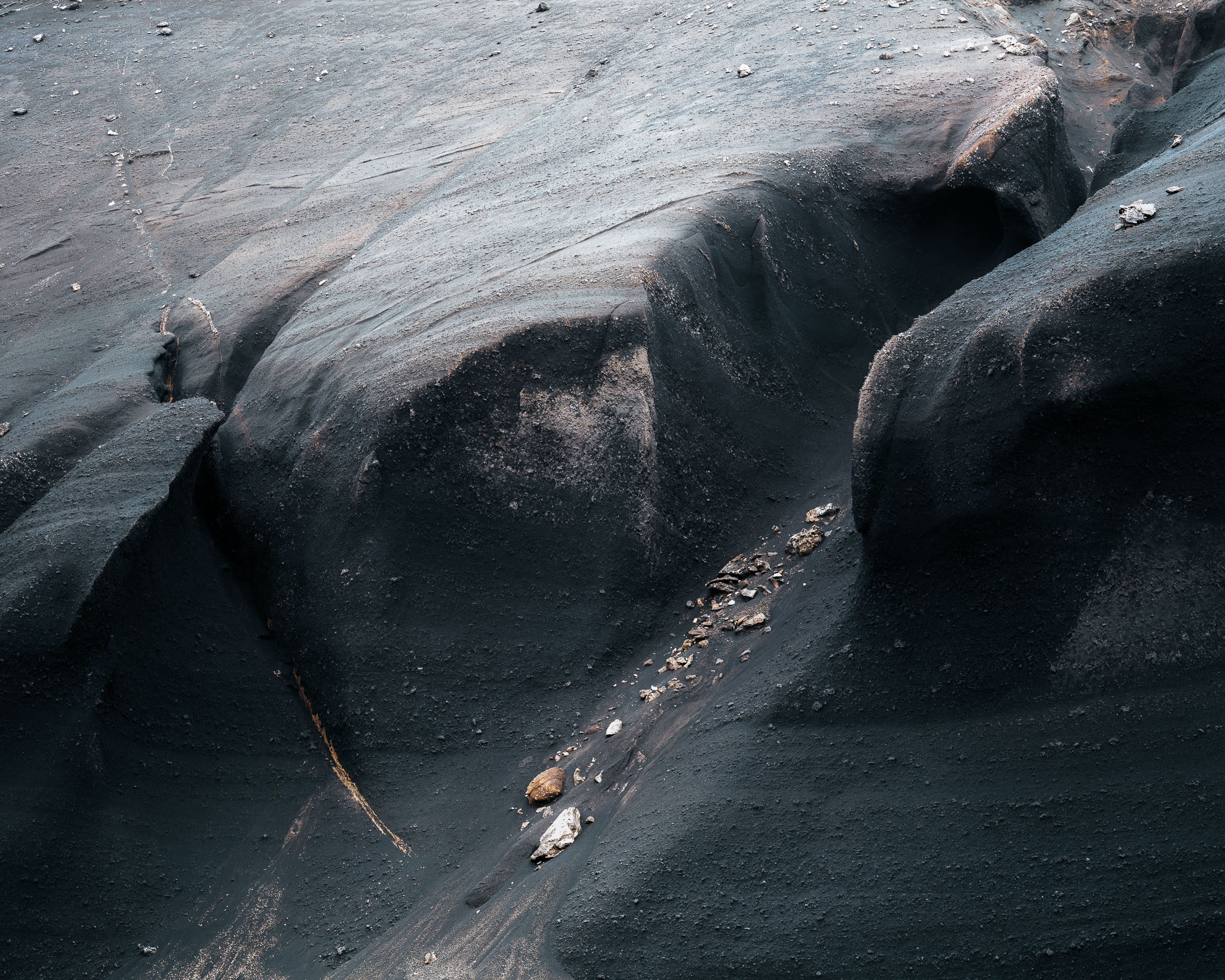![]()
A volunteer group of more than 300 producers and researchers have published a set of guidelines for the use of generative AI in documentaries.
The Archival Producers Alliance (APA) produced the “Generative AI initiative” which doesn’t dismiss the technology but attempts to “reaffirm the journalistic values that the documentary community has long held”.
“In a world where it is becoming difficult to distinguish between a real photograph and a generated one, we believe it’s absolutely pivotal to understand the ways generative AI could impact nonfiction storytelling,” Stephanie Jenkins, APA’s co-director, says in a statement.
The guidelines don’t reject the use of generative AI, rather the APA encourages filmmakers to stick to four overreaching principles: the value of primary sources, transparency, legal considerations, and ethical considerations of creating human simulations.
The last one — ethical considerations of creating human simulations — is a particularly hot topic and one that has proved controversial. Deceased actor Ian Holm was recently brought back to life with AI technology for the new movie Alien: Romulus.
“While there are great creative possibilities for this technology, without consideration of its potential risks, artificial content entering documentaries could permanently erode the trust between filmmaker and audience, and muddy the historical record,” Rachel Antell, APA co-director, tells The Guardian.
The guidelines come after Netflix was accused of using AI-manipulated images in the true crime documentary What Jennifer Did.
“The cornerstone of the guidelines is transparency. Audiences should understand what they are seeing and hearing – whether it’s authentic media or AI-generated,” APA co-director Jennifer Petrucelli also tells The Guardian.
The guidelines encourage creators to include generative AI tools in the credits, similar to the way archival footage and music are recognized. The APA acknowledges that AI-generated human simulations known as deepfakes can protect the identities of subjects in sensitive reports which could have real-world reprisals.
“Far from being diminished by the challenges posed by GenAI, there is great potential to enhance documentaries of all kinds by responsibly harnessing this new technology,” the guidelines note. “That said, we reaffirm the value of human labor and discernment in the production process.”
A host of prominent documentary film organizations have endorsed the guidelines, including the Documentary Producers Alliance (DPA) and the International Documentary Association (IDA), as well as over 50 individual filmmakers such as Michael Moore, Ken Burns, and Rory Kennedy.
Image credits: Header photo licensed via Depositphotos.



/cdn.vox-cdn.com/uploads/chorus_asset/file/25242409/20230608_Palworld_Screenshot_02.png)



 English (US) ·
English (US) ·